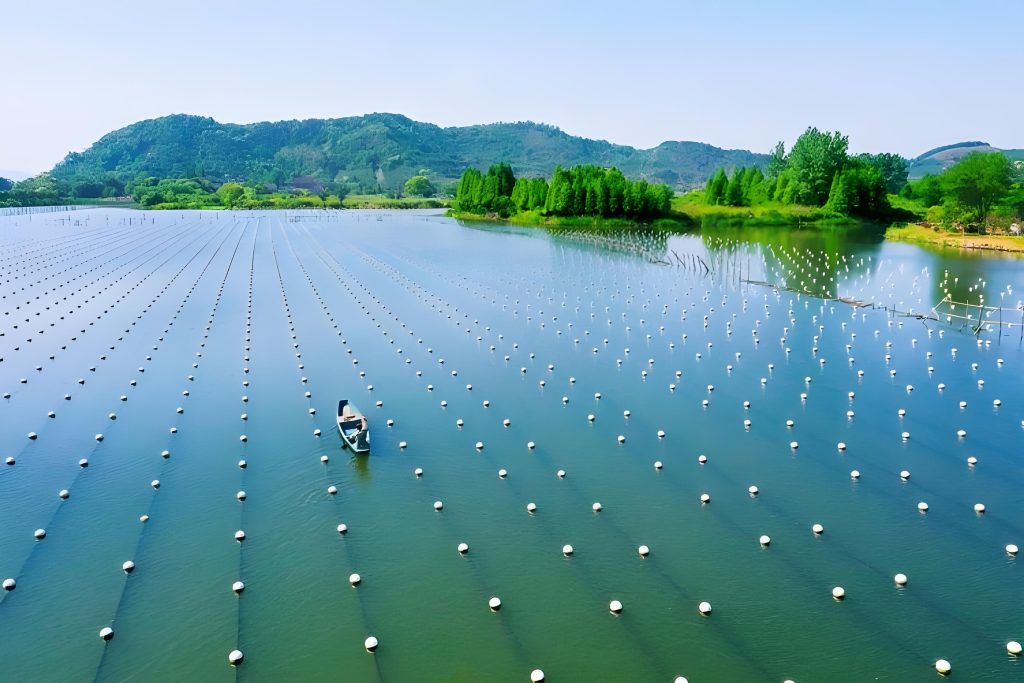
What are freshwater pearls?
Freshwater pearls are formed in mollusks that live in lakes or rivers rather than ocean-dwelling oysters. The vast majority of pearls on the market today are cultured.
Generally, the mollusk secretes a lustrous substance made of calcium carbonate, known as nacre. The nacre is slowly deposited over a particle, bead, tissue, (or any type of irritant that makes its way into the mollusk) until it forms the shiny, milky-colored pearls we all love to wear. One hallmark of freshwater pearls is that they are typically smaller and more uniquely shaped than saltwater pearls. The common sizes are from 2mm through 12mm and the nature color mostly like white, rose pink and purple pink.
Where do freshwater pearls come from?
The 95% capacity of freshwater pearl cultures in China so that the market for freshwater pearls is currently led by China, while Japan, the U.S., and a handful of other countries around the world also have small or budding freshwater pearl industries.
What colors, shapes, and sizes do freshwater pearls come in?
Freshwater pearls are admired for their myriad colors, shapes, and sizes. Even though perfectly-round pearls are still prized, the current pearl lovers enjoy the unique, stylish shapes of freshwater pearls, like baroque pearls.
- Colors: some common colors include shades of creamy whites, pinks and peaches, lavender, purple, grey, and even black. Furthermore, multi-colored pearls make for some stunning and innovative jewelry designs.
- Shapes: Freshwater pearls are known for their unique shapes, including near-round, oval, button, and baroque (irregular or asymmetrical).
- Sizes: While pearls can be weighed, they are usually described in terms of their diameter in millimeters. Small pearls are less than 5mm in diameter; medium between 5-8mm; large from 8-10mm; and extra-large measure from 10mm or more.
How do you classify freshwater pearls real or fake?
- Weight: Real freshwater pearls tend to be heavier than fake ones made of plastic but lighter than glass pearls. This is because real pearls are made of organic material (nacre) and have a density that differs from man-made materials like plastic. Glass pearls, on the other hand, can be heavier due to their composition. So, if you compare pearls of the same size, you’ll notice a slight difference in weight.
- Rub Together (Surface Texture): One of the easiest ways to test if pearls are real is by rubbing two of them together gently. Real pearls have a slightly gritty texture because of the natural layers of nacre (the substance they’re made from). Fake pearls, typically made from plastic or glass, will feel smooth and slippery when rubbed together. This is due to their manufactured surface being much smoother than the natural, irregular texture of real pearls.
